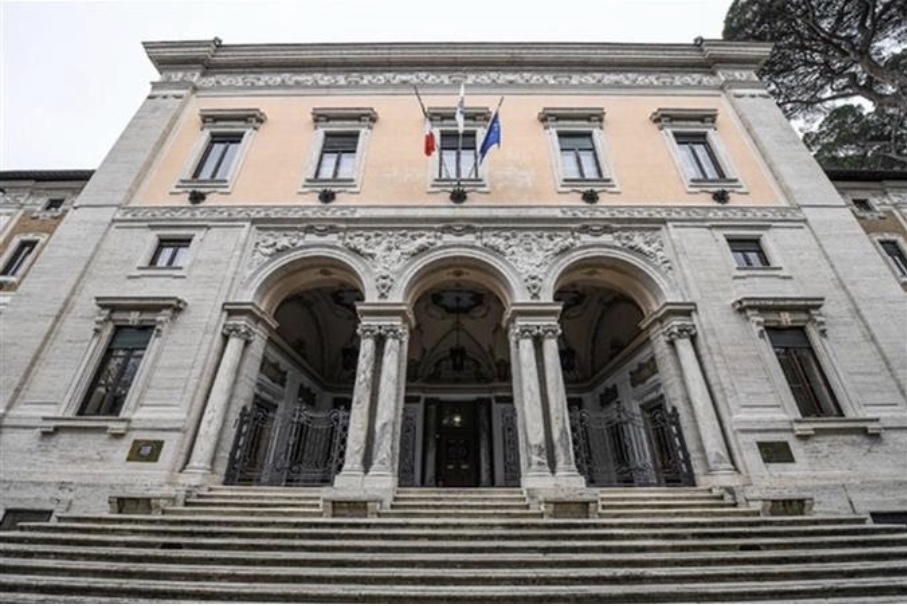It was January 9, 2100, and Giul IA, freshly graduated in Futuristic Administration (the current degree in administrative law), was about to start her first day of work at the Public Administration of the Metropolitan City of New Rome.
At the entrance of the administrative building, a friendly robot welcomed her. “Good morning, Giul IA. Welcome to the Department of Intelligent Administration. Please, place your wrist on the scanner.”
With a quick flash, all of Giul IA’s information was transferred to the central system, and she was assigned a holographic assistant, Marco.
Inside the building, Giul IA immediately noticed the difference. There were no more queues, nor rooms full of documents that she had studied in her history of public administration books. Everything was digitized, automated, and managed by artificial intelligences. The offices were transparent, with holographic walls that changed according to needs.
Marco, the holographic assistant, explained that the Public Administration had undergone a revolution in recent decades. Bureaucracy had been almost completely eliminated thanks to the use of blockchain for the management and verification of documents. Citizens could access any service 24 hours a day through personal holographic devices, without the need to physically go to an office.

The Public Administration had become proactive rather than reactive. Thanks to data analysis and predictions based on artificial intelligence, it was able to anticipate the needs of citizens before they even realized them. This allowed for more efficient allocation of resources and the prevention of problems before they arose.
Meanwhile, laws had become dynamic. Instead of being written in rigid codes and dusty volumes, they were represented in digital systems that could be updated in real time. This didn’t mean they were constantly changing, but rather that they could be quickly adapted to meet the emerging needs of society.
One of the most revolutionary innovations was the “Predictive Legislative System.” This system, powered by advanced algorithms, was capable of identifying emerging trends and issues, suggesting potential legislative changes before they became critical. This allowed the Public Administration to act proactively, rather than reactively, in lawmaking.
Furthermore, the creation of laws had become a more inclusive process. Through digital participation platforms, citizens could propose, discuss, and vote on legislative initiatives. This made the legislative system much more democratic and representative of the actual needs of the population.
Transparency was at the heart of everything. Every law, decree, or amendment was recorded in a public blockchain, ensuring that the process was open, traceable, and immune to interference or corruption.
The most impressive aspect, however, was the way employees worked. Rigid hierarchies no longer existed; everyone was connected in a neural network that facilitated collaboration and information sharing. Giul IA could access any information or resource she needed simply by thinking about it, thanks to the brain-computer interface she had learned to use during her studies.
As she moved through the offices, Giul IA observed how meetings had become collaborative sessions of holographic brainstorming. Participants, regardless of their geographical location, appeared as holograms, discussing and interacting with three-dimensional models of projects or data.

One thing that particularly struck Giul IA was the “Feedback Room.” Here, citizens could enter (physically or virtually) and share their experiences, ideas, and suggestions directly with the administration. This direct interaction had revolutionized the relationship between administrators and citizens, making it much more like a collaborative partnership.
Moreover, decisions were no longer made by a small group of senior officials (bureaucrats), but were the result of advanced algorithms that analyzed real-time data from various sources, including citizen feedback. This system ensured that decisions were always in the best interest of the community and based on concrete facts.
But what truly impressed Giul IA was the garden on the roof of the building. It was a lush green space, with native plants and even a small pond. Marco explained that it was not just a relaxation area for employees, but also a symbol. It symbolized the harmony between technology and nature, the combination on which the vision of the future of Public Administration was based.
As Giul IA settled in, she understood that the Public Administration of the future was not just a bureaucratic entity, but a living organism, constantly adapting, created to serve the citizens best in a rapidly evolving world.
Regarding the exact role of Giul IA and her specific skills within the Public Administration? Well, don’t ask me… I woke up just as I was about to find out!




Rispondi